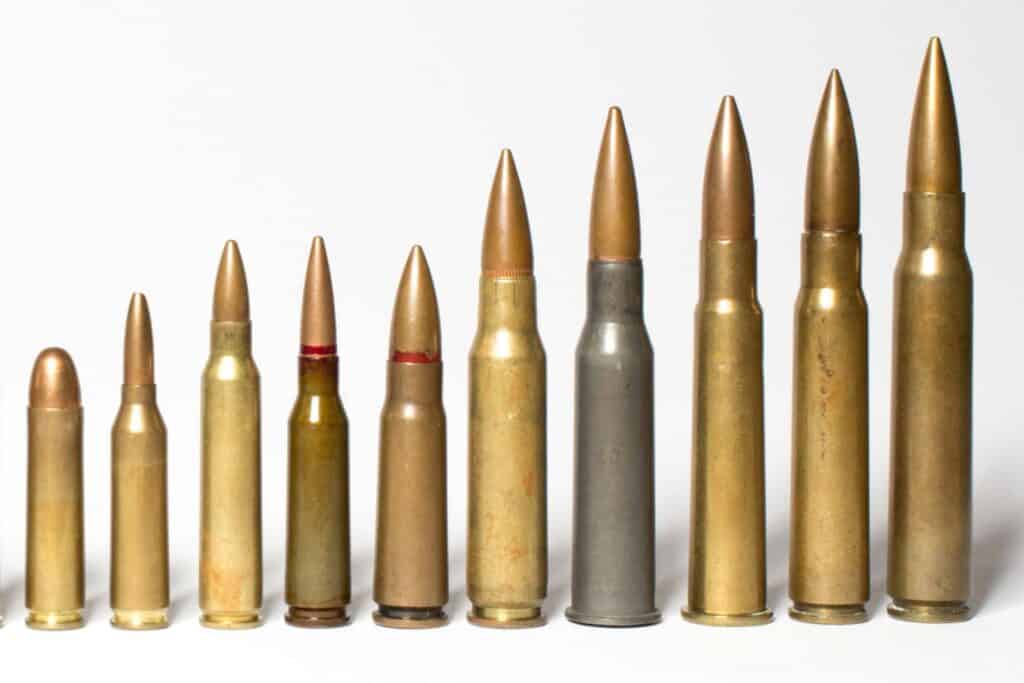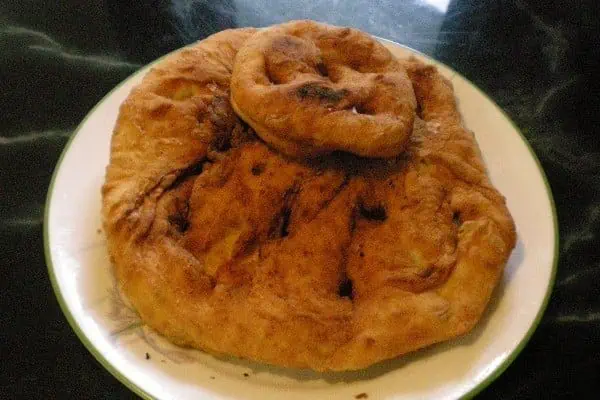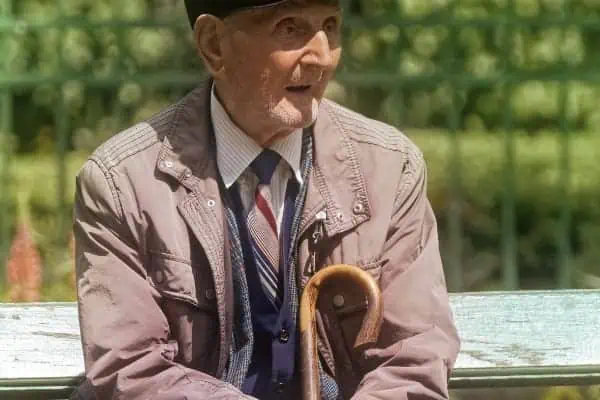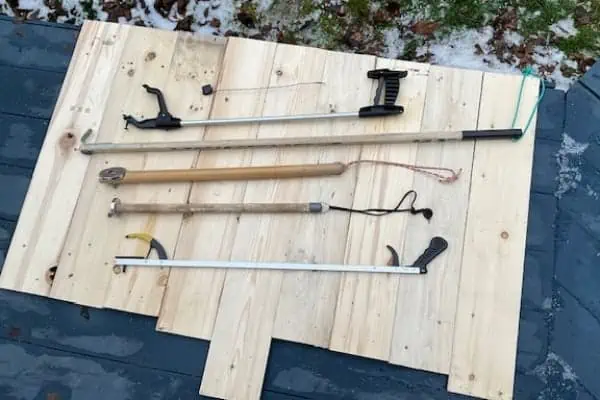
Currently there is a much greater variety of ammunition choices than ever before in firearm history. This is likely due to the huge civilian market in the United States, as well as due to wars and international unrest. Many new cartridges have been created in the past 25 years, and numerous classic cartridges are still commonly used. Hunting and other shooting activities are still viable recreational activities, with long-distance target shooting having become extremely popular. Marketing ammunition and components is a gigantic industry.
The novice shooter/hunter needs to understand a very-basic fact that is often not even clear to shooters with some experience. It is important to understand that .30-06 Springfield, .308 Winchester, .30-30 Winchester and .300 Winchester Magnum, for example, are cartridge names and not calibres. They are all the same calibre (.308 diameter), commonly called .30 calibre. The bullets (projectiles) are all interchangeable size-wise, although performance will vary. Similarly, the 7mm Remington Magnum, .284 Winchester and .280 Remington, for example, are cartridge names and not calibres. They are all the same diameter and, therefore, the bullets are interchangeable. This is consistent throughout the range of cartridge names and calibres.
So, at the dealers or even in conversation, referring to a rifle as a 7mm or a .300 is incorrect. A 7mm can be a 7mm Remington Magnum, a 7x57mm Mauser or others; and is your .300, a .300 Winchester Magnum or a .300 Savage, or something else? If you aren’t careful, this error could end up with someone being in the field with the wrong ammunition. The data stamp on the barrel will confirm the correct cartridge for that rifle. The base of the cartridge is also stamped with the cartridge name (usually abbreviated).
So, now that you are equipped with the correct cartridge name, choosing and purchasing are next. Purchasing is the easy part, as it depends a lot on your budget. Using the common .30-06 Springfield, as the example, you will find that prices range from about $30 to about $100 for a box of 20 rounds, from dozens of manufacturers. Bullet weights vary from a low of 110 grains to a high of 220 grains, from a wide variety of ammunition makers. Bullets in the same calibre also come in different shapes and designs, all of which are advertised to be the best for your rifle and situation. Generally speaking, lighter-weight bullets are for smaller game and heavier weights are for larger game. A lighter, faster well-constructed bullet for strong sheep that are a lighter build; and a heavier, more solidly constructed bullet to get penetration on moose or bison. It is important to talk with other hunters/shooters and do some research about bullet construction and dependability. Sadly, it is quite possible to get some good-sounding advice from someone who really does not know what they are talking about. Shop around for information.
Surprisingly, your rifle may have the final say in your choice of ammunition. Two identical rifles will often shoot the same ammunition differently. Some of this can be countered by sight adjustments, but in many cases it is caused by microscopic differences that occurred during manufacturing. Many rifles shoot very poorly (large groups, no consistency) with “Brand X,” but will shoot “Brand Y” with no problems at all. The shooter needs to try a few different manufacturers, bullet weights and bullet construction to find what works well in a specific firearm.
Finally, loosen the purse strings a bit and buy better ammunition.




